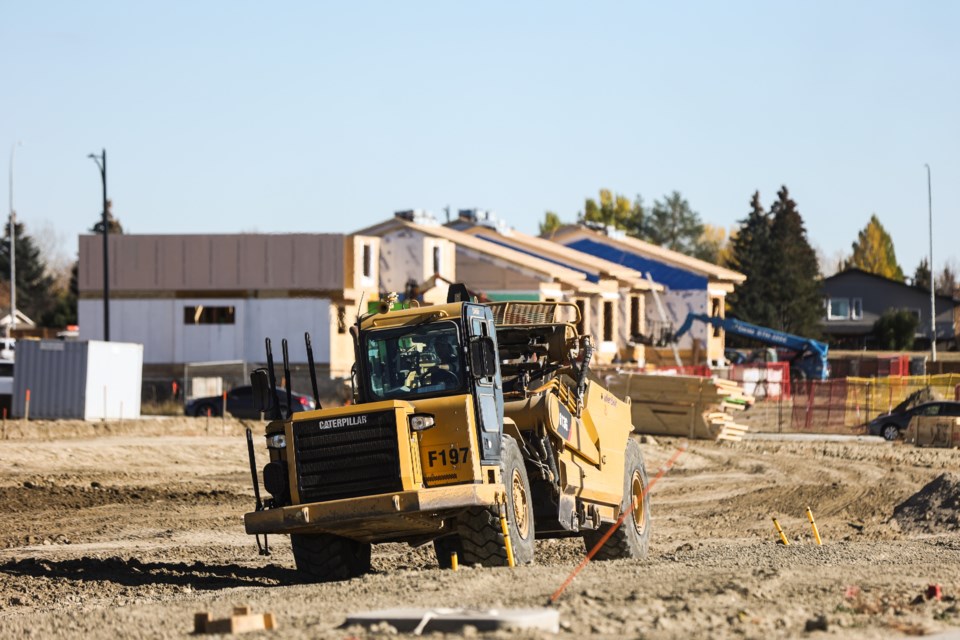How did they raise a family in that place?
It’s a question I often ask myself whenever I’m in what I’ll call an original neighbourhood, the likes of which can be found near the centre of pretty much any town or city. These are the places where the homes are largely single-storey and aren’t typically much beyond 1,000 square feet, most often built in the decade or two following the Second World War.
I look at these homes, considered tiny by today’s standards, and marvel at how families, which were quite often larger a couple of generations ago, went about daily life. I suspect they made it work largely because they didn’t have much of a choice.
As urban sprawl intensified in the latter half of the last century, houses began growing in size, reaching a whopping 2,300 square feet on average in the early 2000s, according to the Canadian Home Builders Association. That number has now been pared back to about 1,900 square feet due to a variety of reasons, but that’s still far larger than homes in those original neighbourhoods.
There’s been so much talk about a housing crisis in Canada, from both a cost and supply perspective, that I can’t help but wonder whether our collective thirst for square footage has, at least in part, exacerbated the situation we now find ourselves in.
According to the World Population Review, Canada boasts the third largest average home on the planet, trailing only Australia and the United States in that regard. It’s telling that many countries on the list have house sizes near or even below that 1,000-square-foot figure that used to be so prevalent in this country more than a half-century ago.
Given it costs more to build a large home than a smaller one, it would seem to me that we’re compounding our housing crisis by constructing so many bigger units. The modest reduction in average size over the last couple of decades has helped, I suppose, when it comes to housing affordability, but it clearly hasn’t been anywhere near enough to extricate ourselves from our current predicament.
Although I’ve never experienced life in one those 1,000-square-foot homes, people that I know who grew up that way are no worse off because of it. In fact, the close quarters might well have been instrumental in developing soft skills like patience, sharing and respect that have served them well throughout their lives.
There’s something character building about having to wait in line to use the bathroom or being forced to watch someone else’s favourite TV show while yours is on another channel. That might sound barbaric to some who are so accustomed to all the features of the modern home, but it was reality for a great many people.
I’m not advocating that we step back in time because there’s something to be said for today’s bells and whistles, but I wonder whether we’ve inadvertently created a situation where bigger isn’t necessarily better. If smaller places become more of the norm in the years ahead, at least we know we can still raise a family in them.




